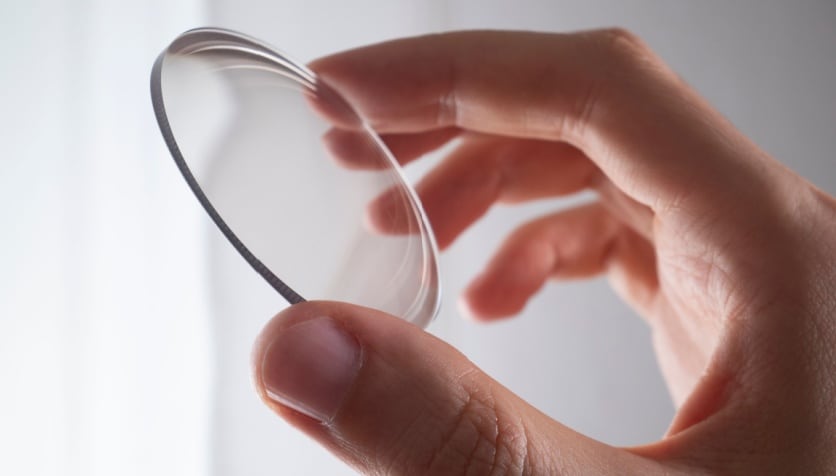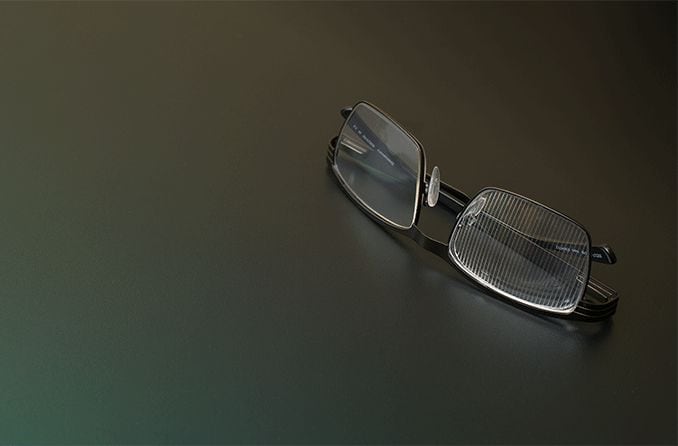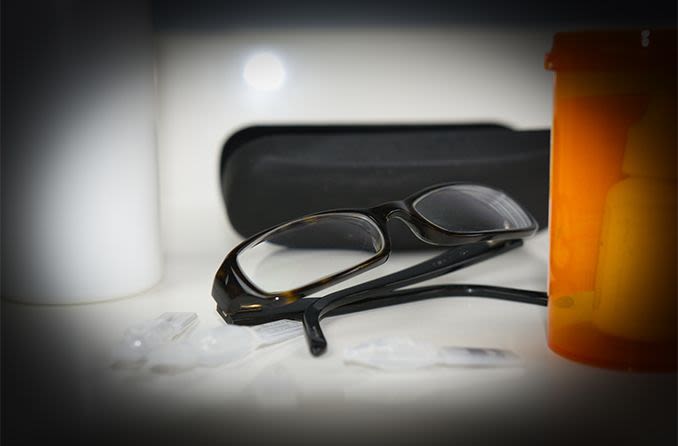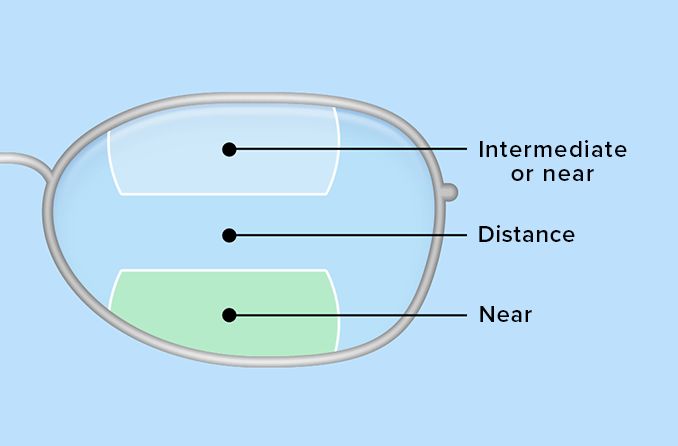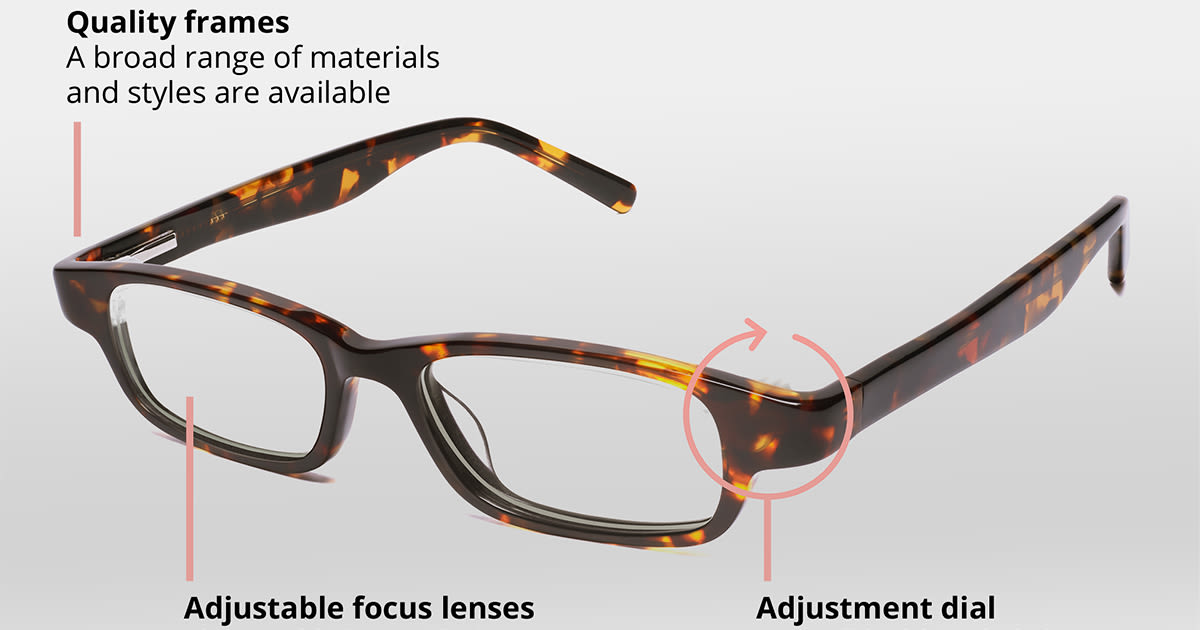What are lenticular eyeglass lenses and why are they beneficial?
Conditions such as high myopia, aphakia and extreme farsightedness require extra care — especially when it comes to vision correction. Depending on the degree of the vision problem, this could include both close monitoring of symptoms and special eyeglass lenses. One solution is lenticular lenses.
Lenticular eyeglass lenses are designed so that each lens has a small circle in the center with a very high prescription. The lens surrounding the circles has little or no power.
Why don’t the edges of lenticular lenses have power? The power in the inner circle is very high, so it is only distributed in the center. If the entire lens had the same power, it could cause problems with depth perception and distortion. A very thick lens could also be quite uncomfortable for the glasses wearer because of its weight.
Lenticular lenses are also designed with cosmetic appearance in mind. Some lenticular lenses include a smooth connection between each “zone” of the lens, while others have a more defined separation between the two.
These special lenses are beneficial for those who have very high refractive errors.
